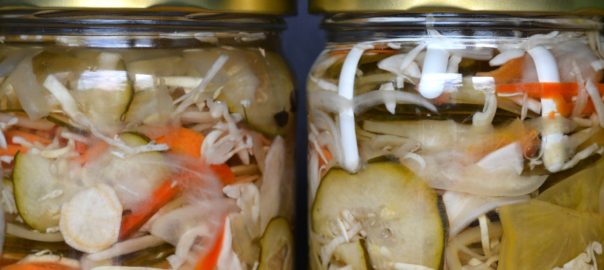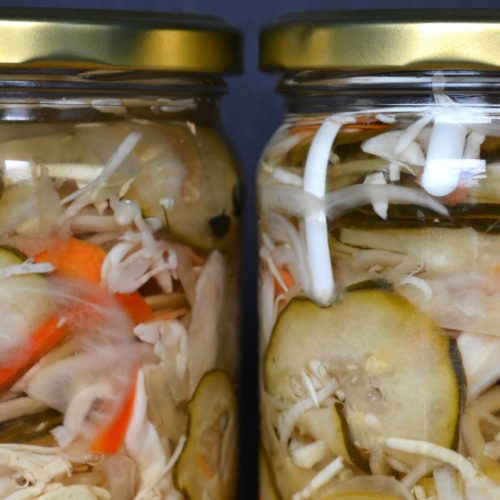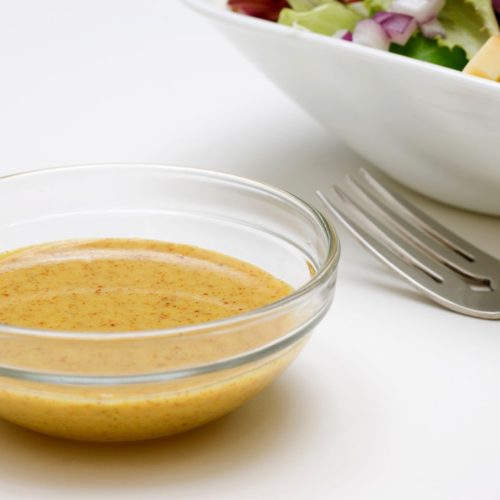I love bean sprouts. They're delicious and a great source of nutrition. Just the act of sprouting beans increases their nutrition. It also makes their nutrients more bio-available because the first step, soaking, removes phytic acids which interfere with nutrient absorption.
A while back my friend Jen asked me how to make them. She had been interested in doing it but was afraid it was too difficult. She wanted pictures to show her how it was done. I promised that the next time I made bean sprouts I would take pictures and share the process.
This is a batch of lentil, adzuki, mung bean sprouts. You can use any beans you like depending on what you have handy in your pantry. I almost always have mung beans and lentils so I use those a lot. The other beans vary. I usually make a bean sprout mix with anywhere from three to five different kinds of beans.
Start by putting a small handful of each of the different beans into a colander and picking them over. Dry beans frequently have small rocks, little clumps of dirt or other debris in the package, it's important to sort through them before you use them.





